Grapes Favor: characteristics of the variety and cultivation
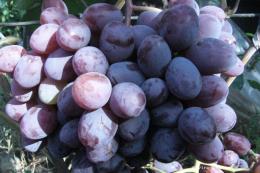
Thanks to Krainov, a new grape variety was developed through selection, which was named Favor. This happened by crossing Kishmish radiata and a variety called Talisman. It is worth noting that the clusters are quite large and can reach from 600 to one and a half kilograms. The shape of the bunches is conical and has medium density.
Content:
Species features of grapes
The berries are quite large; the largest weight that was recorded reached 18 grams. The berry has a very refined and harmonious taste, the pulp is of medium density. In appearance they are oval or slightly elongated. When fully ripe, they acquire a dark red color; incomplete ripening gives a shade of red.
The optimal load on the bush, which will not harm it, is 30 eyes. A fairly frost-resistant variety that can tolerate temperatures down to – 23. It also needs pruning of its bushes. It is this moment that affects the quality and quantity of the harvest obtained. The yield of berries is high – it is stable and fruitful.
Favor very disease resistant, its indicators are at a high level and reach readings of 3.0. Do not forget to carry out preventive maintenance of grapes every year to avoid the process of disappearing climbing bushes.This variety is a very worthy form of table grapes, which will not only decorate the estate, but also provide an opportunity to try a healthy delicacy.
Protection of Favor grapes from pests and diseases
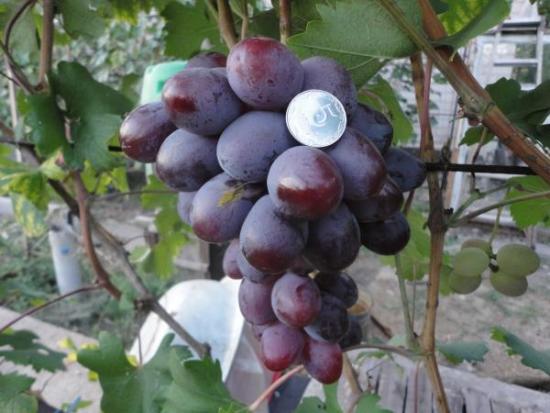
Grapes are often exposed to numerous viral and bacterial pests, viruses and parasites. And what is important, grapes not only can reduce yield by 50%, or even a complete abyss. Every year, it is necessary to carry out prevention that will protect the plant from these unpleasant companions of its development.
In order to preserve the harvest and not harm the grapes themselves, a number of agrotechnical and chemical measures are carried out. Try to use poisons as little as possible, because this slightly spoils the taste and there is a small proportion that the bunches will be toxic. And all grape diseases can be divided into two types: infectious and non-infectious.
The most common infectious diseases are the following:
- White and gray rot. Based on the name, you can understand that the first sign will be the presence of black or gray rot on the green leaves. This is a rather insidious and dangerous disease; it can even affect the grafting site, which will lead to the death of the plant.
- Anthracnose. Affects leaves, shoots, grape berries. Brown spots appear at the site of the lesion. This is a sign of dead tissue.
- Oidium. Pathogen of powdery mildew. The first sign includes the slow growth of some berries, and the absence of the disease at all.
- Mildew. It is one of the most common diseases. It affects all green organs of the plant. The first sign will be the appearance of a light oily stain.
If you notice the signs of these diseases early and provide timely prevention (mainly treatment with fungicides has a positive effect), then the disease will recede and the gardener will be able to maintain a high yield.
Grape propagation
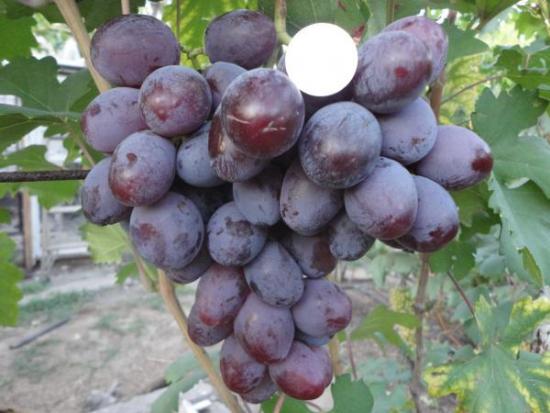
There are two main ways to propagate grapes:
- Vegetative propagation
- Sexual reproduction
Vegetative propagation will provide a good yield and rapid establishment. Sexual, used mainly for breeding new grape varieties. Vegetative propagation will allow you to take away all the maternal properties and transfer them to your own development and growth. This propagation is carried out using the mother stem from the bush. Usually stem cuttings are used. There must be a couple of buds on it.
Before planting it, it is necessary to check its condition after a long winter hibernation.
To do this you need:
- Check the condition of the bark. It should be brown or brown. No damage, mold or any kind of disease.
- Check the viability of the cutting. To do this, you need to cut it lengthwise at a slight oblique angle. A good sign would be the presence of green tones.
- The kidney must also be viable. Cut it open and take a look at its condition. Green color is an indicator of the viability of the plant.
Suitable cuttings need to be soaked in potassium permanganate for several hours. Then restore your water balance. To do this, place the cuttings in water and give them a chance to drink. After carrying out these procedures, update the lower cut of the cutting. This procedure will allow the plant to absorb nutrients well.
If the procedures are completed successfully, the cutting is ready for planting.To do this, use a regular plastic cup. At the bottom of the glass, in addition to the soil, place river sand. This creates a cushion and it is in this place that the cutting is planted. The voids that have formed also need to be filled with river sand. Do not forget about good care, watering and feeding the plant.
Favor grapes are a wonderful variety that has amazing taste. As it turned out, he is not very picky about care, although he needs a number of preventative measures against some grape diseases.
Watch the video to see what harvest the Favor variety brings:
Interesting information about the vegetable garden

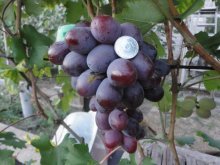
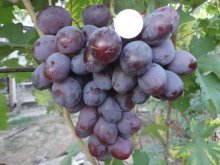
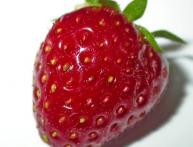
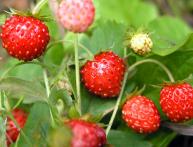
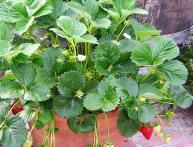
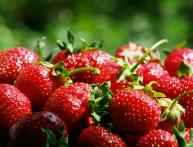
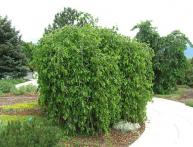
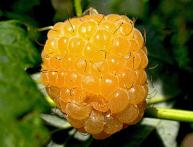
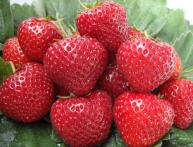
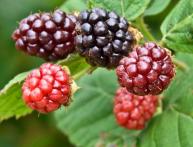
Comments
Good afternoon, please tell me what is the best way to prune this grape variety so that it bears maximum fruit? And what fertilizers are best suited for this variety?